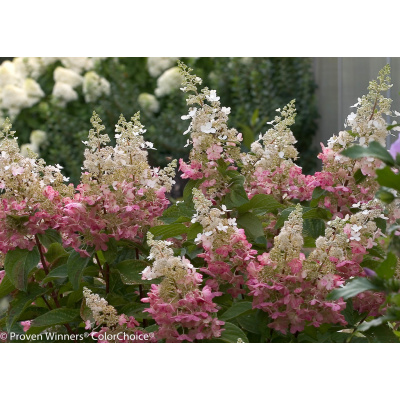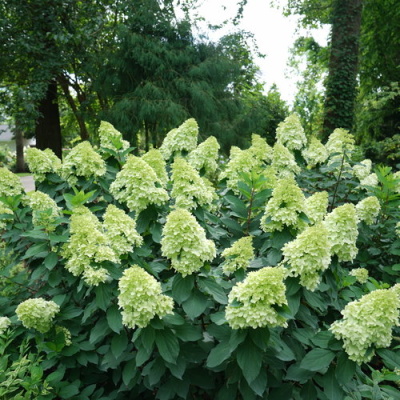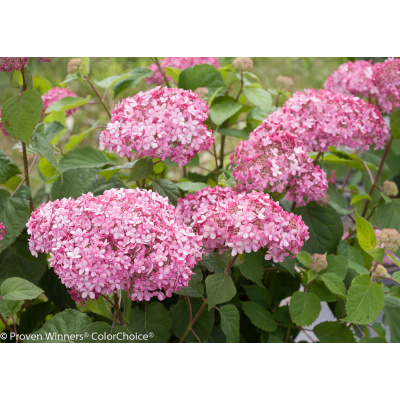Description
 Viburnum rafinesquianum (Downy Arrrowwood)
Viburnum rafinesquianum (Downy Arrrowwood)
Downy arrowwood is a little known native viburnum that has ornamental characteristics similar to the more commonly planted southern arrowwood. May be difficult to find in local nurseries. A 3-6 ft. shrub, sometimes taller, with multiple straight stems in a loose habit. White, flat-topped flower clusters are followed by dark blue berries. Fall foliage is colorful.
Tree or Plant Type: Shrub
Foliage: Deciduous (seasonally loses leaves)
Native Locale: North America
Landscape Uses: Hedge, Massing, Mixed border
Size Range: Medium shrub (5-8 feet)
Light Exposure: Partial sun/shade (4-6 hrs light daily), Full shade (4 hrs or less of light daily)
Hardiness Zones: Zone 3, Zone 4, Zone 5, Zone 6
Soil Preference: Alkaline soil, Alkaline soil, Dry soil, Moist, well-drained soil
Season of Interest: Mid spring, Late spring, Early fall, Mid fall
Flower Color & Fragrance: White
Shape or Form: Multi-stemmed, Oval, Round
Growth Rate: Moderate




Reviews
There are no reviews yet.